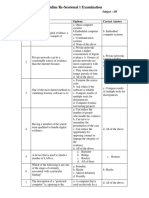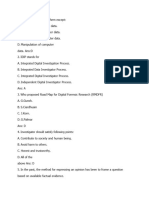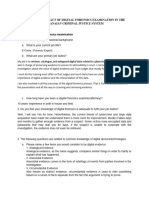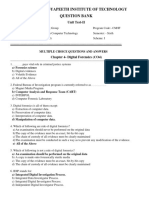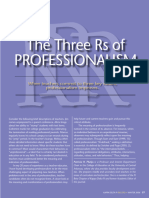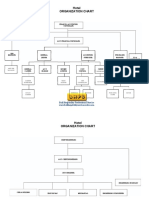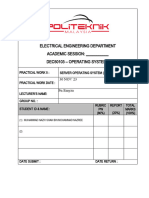0% found this document useful (0 votes)
26 views22 pagesDigital Forensics Introduction Answers
The document provides an introduction to digital forensics, covering its role in military operations, civil litigation, and workplace security. It discusses the challenges of cybercrime, the importance of quality assurance, and the evolution of legal systems in relation to digital evidence. Additionally, it highlights the significance of organizations like NIST in setting standards and the implications of technology dependence in society.
Uploaded by
Ar TeCopyright
© © All Rights Reserved
We take content rights seriously. If you suspect this is your content, claim it here.
Available Formats
Download as PDF, TXT or read online on Scribd
0% found this document useful (0 votes)
26 views22 pagesDigital Forensics Introduction Answers
The document provides an introduction to digital forensics, covering its role in military operations, civil litigation, and workplace security. It discusses the challenges of cybercrime, the importance of quality assurance, and the evolution of legal systems in relation to digital evidence. Additionally, it highlights the significance of organizations like NIST in setting standards and the implications of technology dependence in society.
Uploaded by
Ar TeCopyright
© © All Rights Reserved
We take content rights seriously. If you suspect this is your content, claim it here.
Available Formats
Download as PDF, TXT or read online on Scribd
/ 22














